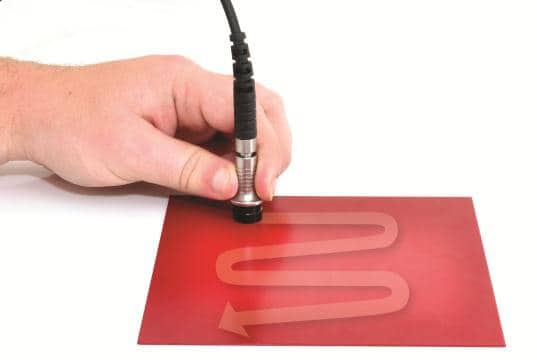Using Scanning Probe Technology to Measure Coating Thickness
Introduction Coating thickness measurement is one of the most common quality assessments made during industrial coating applications. SSPC-PA 2, Procedure for Determining Conformance to Dry Coating Thickness Requirements is frequently referenced in coating specifications. As SSPC-PA 2 has evolved over the past four decades, a number of procedures and measurement frequencies are referenced in both […]
Using Scanning Probe Technology to Measure Coating Thickness Read More »









